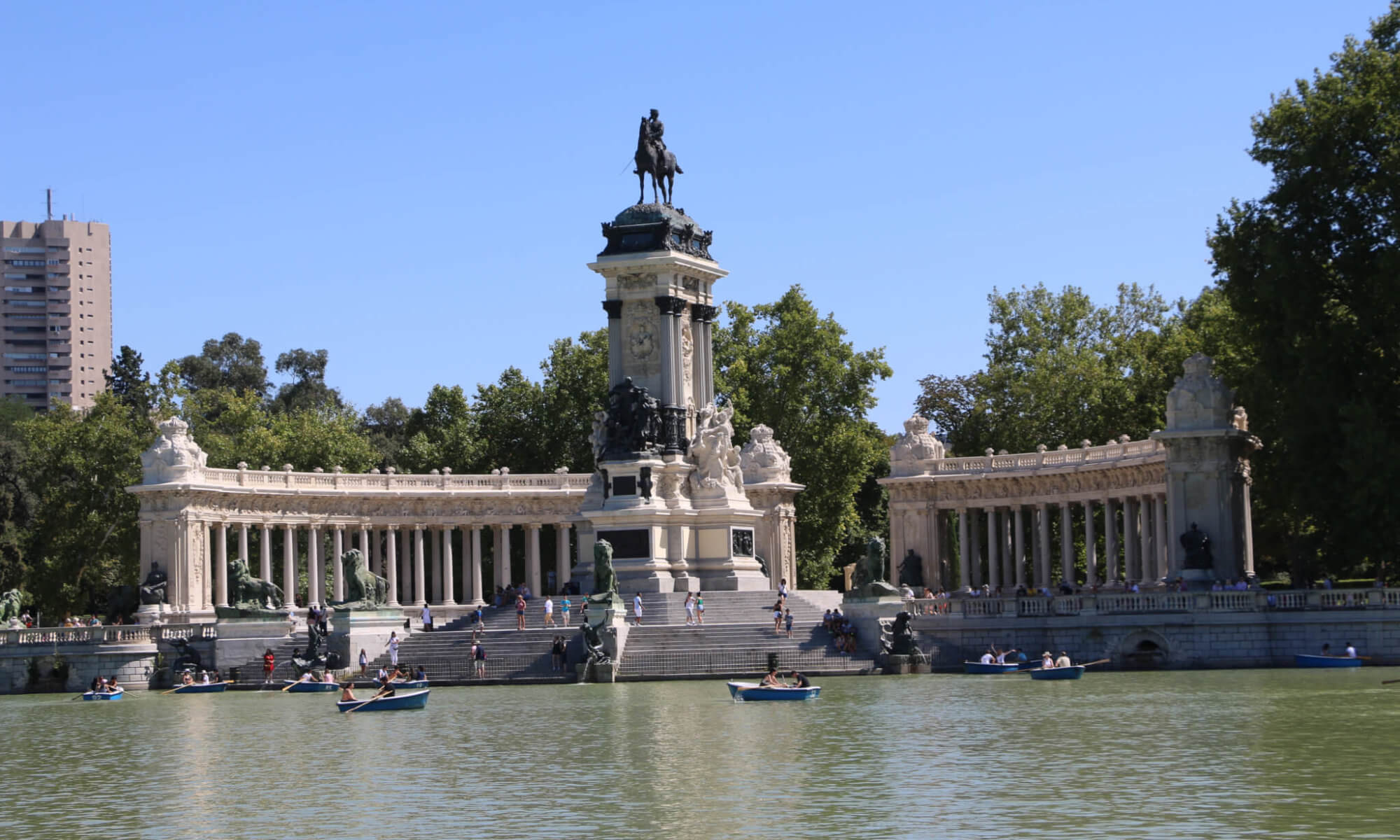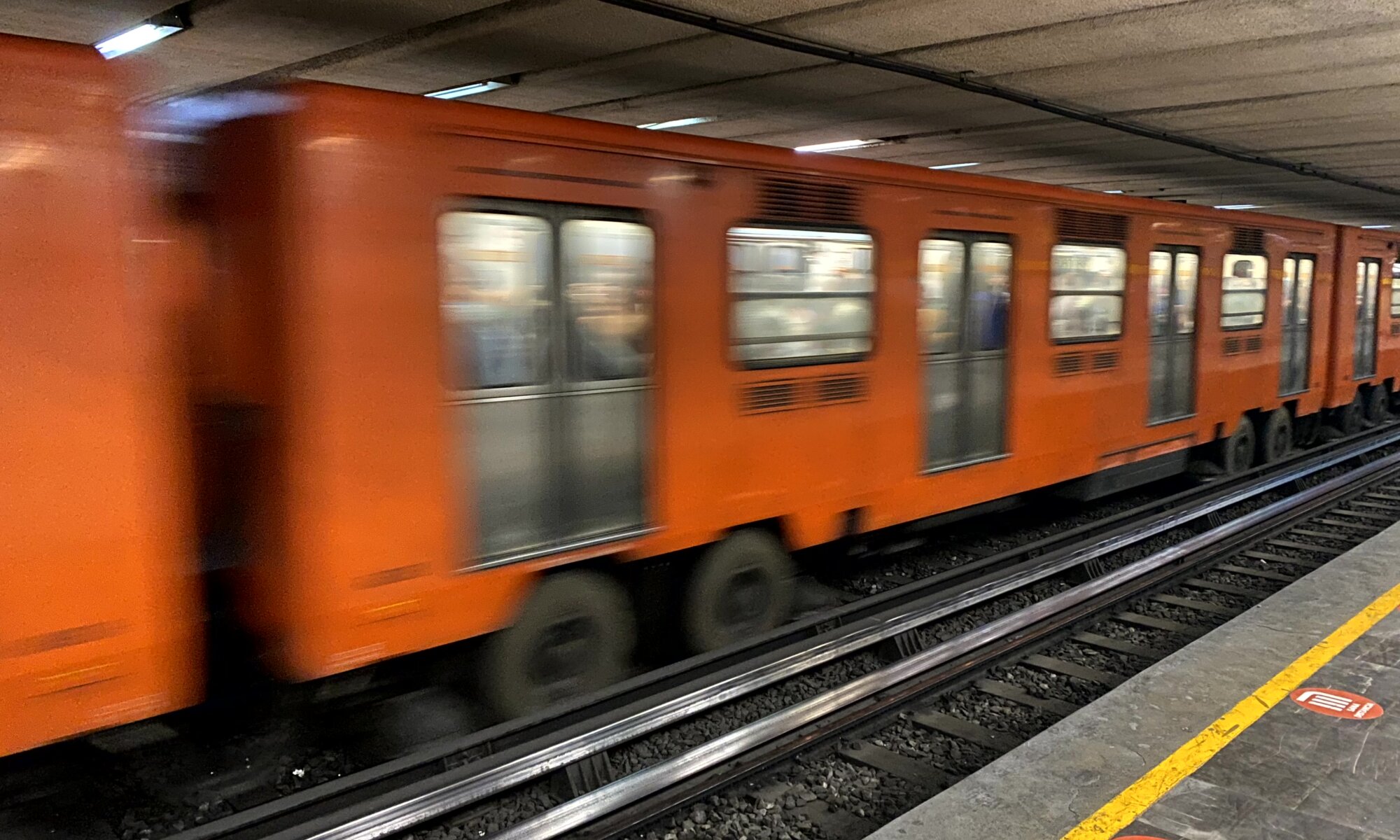I’m an absolute fan of public transport. I’m happy not to own a car and glad to be able to get nearly everywhere in Germany by trains and busses. When I’m on the go I always need to check out the local means of transport; whether its trolley busses, tramways, subways or cable cars. Ciudad de México was the first city in the world that made me search for a taxi or order an Uber car instead.
When going from the airport to Zócalo we immediately experienced the drawbacks of the metro system of CDMX: endless ways to walk, all escalators not working, never-ending staircases to climb. And once you’ve got into a metro car it is often not possible to move. People are standing extremely close to each other and entering or leaving a car is a pain. Obviously most awful this situation is for women. As some strange guys used the narrowness to touch persons of the opposite sex. And therefore there is now a special metro car for women and kids in every train. Also overcrowded, but more safe.
Public transport in CDMX consists of the metro, local busses and modern Metrobús system. The latter is more convenient, but riding busses afar from home is most often more tricky. Additionally you need to buy a smartcard (tarjeta) upfront that you have to tap onto a device when entering the bus. If you want to use the metro, you can simply buy a paper ticket at the entrance – maybe the best option if you’re not staying long in the city. A ride on the metro is very cheap. It costs 5 pesos which is around 0.25 Euros.
The metro exists since 1969 and you can see that it needs some repair works. But it is fast and more than 4.6 million passengers use it every day. 195 metro stations are served by 12 metro lines and the network isn’t focused on one central place or circling around a city center, it rather looks like a grid. A good place to start a visit to the city is Zócalo (line 2 / blue). The airport can be reached at the stations Pantitlán (terminal 2) and Terminal Aérea (terminal 1). If you get into the station observe the tracks: most (ten out of twelve) lines don’t run on typical railway tracks. They use normal tires which is more quiet und reliable on the unstable soil of the capital city.
Metro
Ciudad de México
Mexico
Loading map...


